Growing Pharmaceutical Industry
The pharmaceutical industry in South America is on an upward trajectory, which is a significant driver for the preclinical CRO market. With an estimated growth rate of 10% annually, the demand for preclinical services is expected to rise correspondingly. Countries like Brazil and Mexico are leading this growth, with numerous pharmaceutical companies establishing R&D facilities. This expansion necessitates the expertise of CROs to conduct preclinical studies, thereby creating a symbiotic relationship between the pharmaceutical sector and CROs. As the pharmaceutical landscape evolves, the preclinical CRO market is poised to benefit from increased collaborations and partnerships, enhancing its overall growth prospects.
Rising Focus on Innovative Therapies
There is a notable shift towards innovative therapies in South America, which is influencing the preclinical CRO market. The increasing prevalence of chronic diseases has prompted pharmaceutical companies to invest in research for novel treatment options. This trend is reflected in the growing number of preclinical studies focusing on gene therapy and biologics. As companies seek to develop cutting-edge therapies, the demand for specialized preclinical services is likely to increase. The preclinical CRO market is thus positioned to capitalize on this trend, providing essential support for the development of innovative solutions that address unmet medical needs in the region.
Increasing Investment in Biotechnology
The preclinical CRO market in South America is experiencing a surge in investment, particularly in biotechnology sectors. Governments and private entities are allocating substantial funds to enhance research capabilities. For instance, Brazil has seen a 15% increase in biotechnology funding over the past year, which directly benefits preclinical CROs. This influx of capital is likely to facilitate the development of innovative therapies and drugs, thereby expanding the preclinical CRO market. Furthermore, as more biotech firms emerge, the demand for preclinical services is expected to rise, creating a robust ecosystem for research and development. The focus on biotechnology not only enhances the capabilities of CROs but also positions South America as a competitive player in the global market.
Regulatory Support for Drug Development
Regulatory frameworks in South America are evolving to support drug development, which positively impacts the preclinical CRO market. Countries like Argentina and Chile are streamlining their approval processes, reducing the time required for clinical trials. This regulatory support is crucial, as it encourages pharmaceutical companies to engage with CROs for preclinical studies. The region has witnessed a 20% increase in the number of approved clinical trials, indicating a growing trust in local CRO capabilities. As regulations become more favorable, the preclinical CRO market is likely to expand, attracting both local and international clients seeking efficient and compliant research solutions.
Collaboration Between Academia and Industry
The collaboration between academic institutions and the pharmaceutical industry in South America is fostering growth in the preclinical CRO market. Universities are increasingly partnering with CROs to leverage their research capabilities and resources. This synergy is particularly evident in countries like Brazil, where academic research is being translated into practical applications. Such collaborations not only enhance the quality of preclinical studies but also provide CROs with access to cutting-edge research and technology. As these partnerships continue to flourish, the preclinical CRO market is likely to expand, driven by the need for high-quality research and development services.



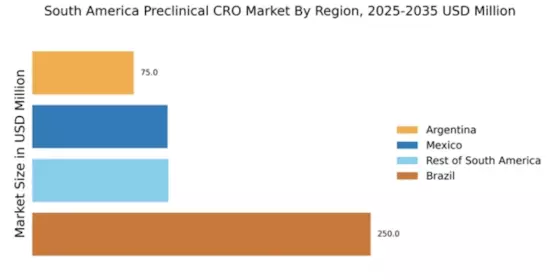

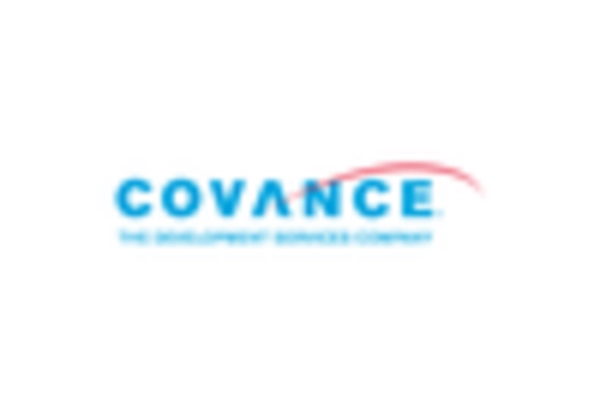
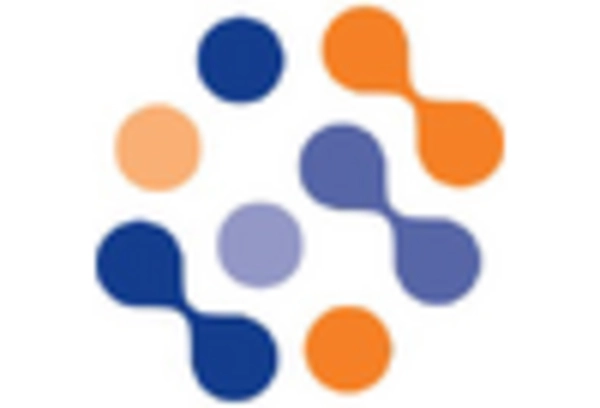
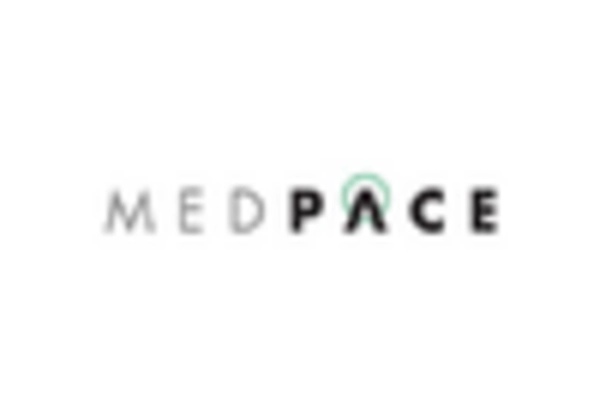
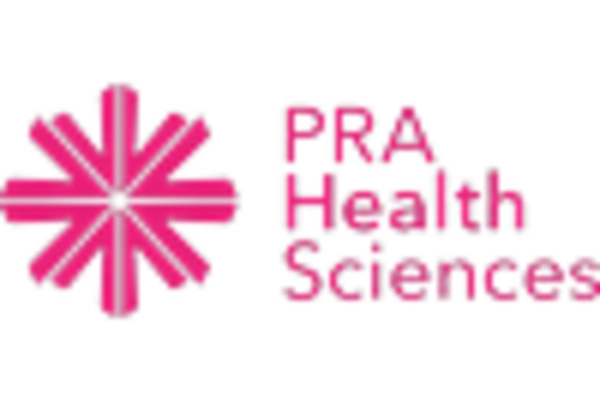









Leave a Comment